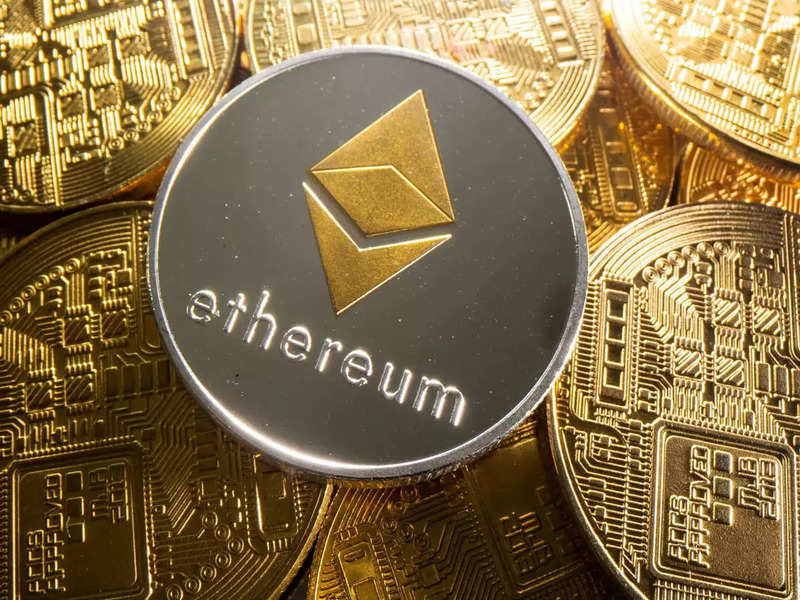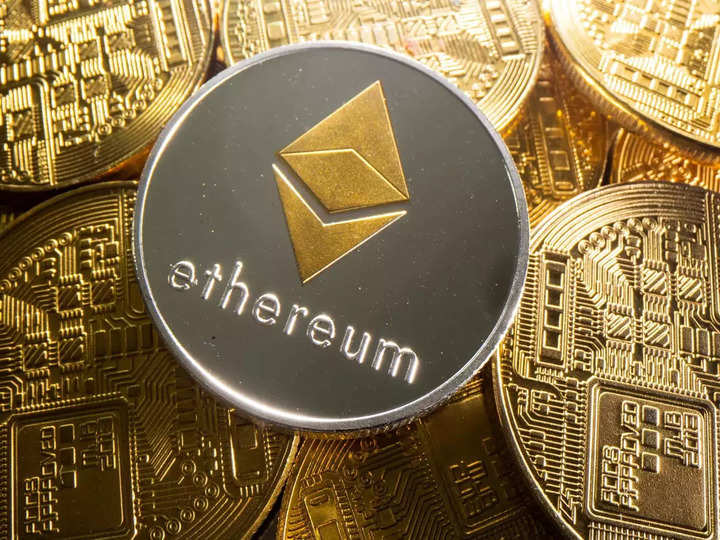

It looks like ethereum’s mega-upgrade is happening. Finally. After years of delays, the “Merge” seems all but certain to take place in September, with the cryptography underlying the blockchain undergoing a radical shift to a system where the creation of new ether tokens becomes far less energy-intensive.
“It’s an exciting time for the ethereum ecosystem,” said Omar Syed, co-founder of smart contract platform Shardeum. “I think there will be drama surrounding the Merge, but I don’t think there will be any technical hiccups.”
Investors seem to agree, with ether outstripping big brother bitcoin.
Ether has seen six consecutive weeks of gains, pushing it up from a 1-1/2-year low of $880 in mid-June to levels closing in on $2,000, even though it’s way off its November 2021 peak of $4,868.79.
Bitcoin has paled in comparison, rebounding 37% from its June low to $24,116.
Ether is gnawing away at behemoth bitcoin’s market share: it now accounts for nearly a fifth – 19.7% – of the total crypto market capitalization of $1.14 trillion, up from less than 14.9% two months ago, according to CoinMarketCap. Bitcoin’s share has dropped to 40.2% from 44.9% in the same period.
“Crypto is still very tightly coupled, I think when the Merge successfully completes it could drive up the price of bitcoin as well,” said Alex Miller, CEO of Hiro, which builds developer tools to create applications for bitcoin.
If ethereum’s creators succeed, as is largely expected, it could be a game-changer for the blockchain, making it cheaper to mine and easy to adopt for fintech and other crypto apps.
Of course little is assured about the elusive transition, which has been delayed several times, with developers most recently axing plans to push the button in June, unnerving investors who began to fear it might never see the light of day.
The Merge is also is fraught with risk, and the fortunes of the roughly 122 million ether in circulation, worth about $232 billion, could be at stake should it fail.
If the upgrade doesn’t go well, it would “set the entire crypto world back five or 10 years,” Hiro’s Miller said.
‘DIFFICULTY BOMB’
The ethereum blockchain currently uses the energy-intensive proof-of work (PoW) method of validating blocks, wherein miners use massive amounts of power to quickly solve complex computational problems to win newly minted coins.
On a parallel chain, ethereum has been testing a proof-of-stake (PoS) system that only requires miners to “stake” their coins to validate transactions and create new blocks. It promises 99.95% reduction in the blockhain’s energy consumption and prepares it for faster transactions.
Not everyone’s happy about the imminent merger of the two systems – notably ether miners, whose expensive mining rigs will be rendered obsolete, and can’t be used for mining bitcoin either.
Ether mining has hitherto been more profitable than bitcoin mining. Ether miners made $18 billion in 2021 versus $17 billion for bitcoin miners, according to Arcane Research.
Some miners have decided to shift to mining the next best option, such as the tokens ethereum classic or ravencoin.
At least one miner has declared plans to resist and continue mining ethereum, raising the spectre of some people keeping the PoW chain running in its current form even after the merge, likely competing with the upgraded blockchain.
However, that option has perils.
Ethereum creators have designed a “difficulty bomb” to exponentially increase mining difficulty in order to discourage the PoW parallel chain after the Merge.
Moreover, both Tether and USDC – the largest stablecoins – have thrown their weight behind the Merge, reducing the likelihood of a wider adoption of the parallel PoW chain.
FROTHY FUTURES
“The likelihood of a long-lasting chain split of Ethereum following the Merge remains slim,” said Alex Thorn, head of firmwide research at Galaxy Digital.
Nonetheless, at least some investors are preparing for a hard fork, or a parallel PoW chain, positioning in the derivatives market indicates.
Ether futures were also trading at premium at $1,905 on the CME exchange, “reflecting expectations around a proof of work fork,” said Matthew Sigel, head of digital assets research at fund manager VanEck.
“But that gap is not so huge so as to think there is extreme froth,” he added
FacebookTwitterLinkedin

